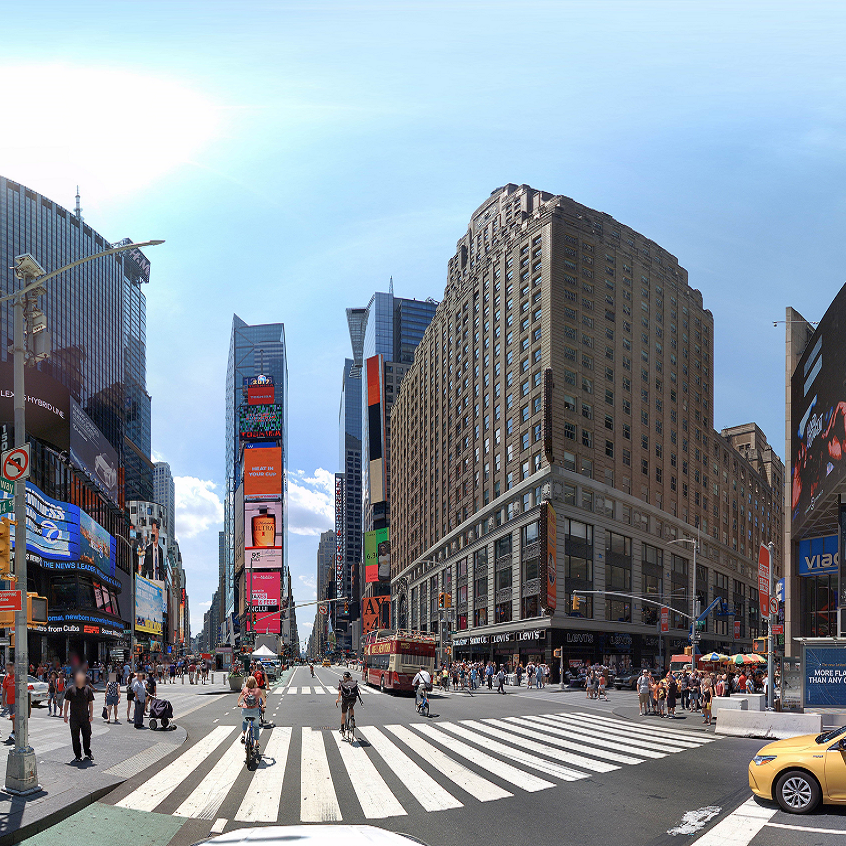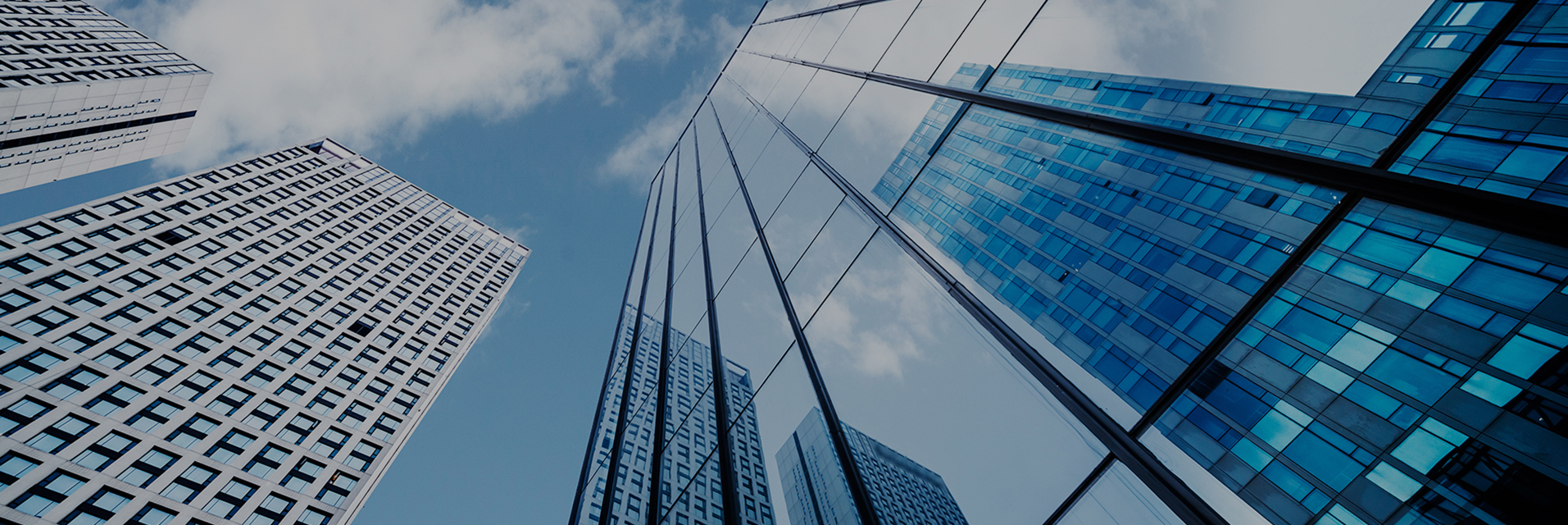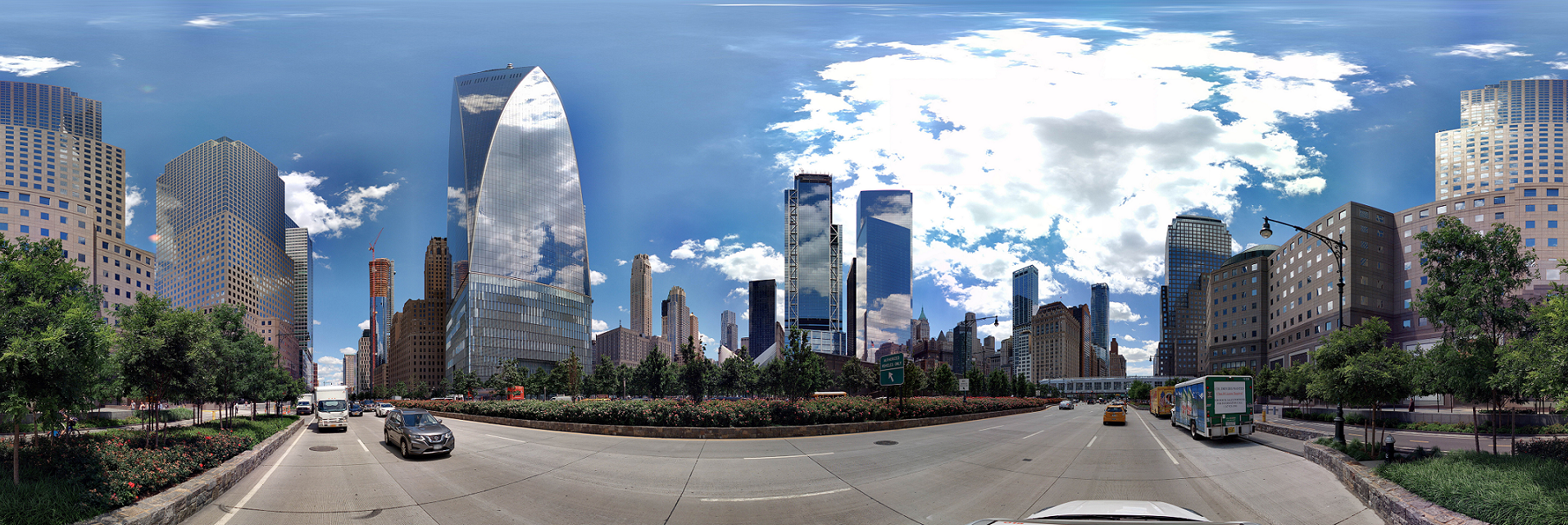Smart cities | 08 January 2020
A smart city is a connected city
Smart cities: how to get there
All over the world, city officials are claiming their cities are ‘smart cities’. However, it’s a term that’s much easier to say than to understand, and using it doesn’t mean there’s consensus on or understanding of its meaning. Of what a smart city actually is, what it entails, and – most importantly – how to get there.
Let’s start here: your city has the same challenges that all cities have; it’s complex and has many moving parts. Infrastructure, public transportation, housing, construction and sustainability: all of these elements need to be factored into your daily business activities.
This task can be overwhelming, and that’s where you need to take your first step towards being a truly smart city: gaining an overview. You need a clear understanding of the components that make up your city, by adding a layer of information consisting of data. Cyclomedia’s imagery provides the data.

Because a smart city
is a digital city
A smart city is information- and system-driven, servicing the population.
A smart city gathers data and knows how to make it work for the population.
A smart city has clear answers about how to meet higher standards of operation… with fewer people.
But how does a smart city provide these benefits? It all begins with a digital transformation, because a smart city is a digital city. And we can help you undergo that transformation. How? By creating a digital canvas – or a digital twin – of your city.
A digital twin makes it possible to walk and navigate through your own smart city, digitally rather than in real life. This helps you to improve your existing processes. Because you don’t need to physically visit locations, you can save time and therefore improve the efficiency and quality of your work.
A digital twin of your city will help you prepare for the future. You’ll be able to respond easily to changing demands and important developments that have a big impact on your city. Some of these challenges are very recognizable, and occur simultaneously: population growth, increasing demand for mobility, climate change, the manageability of urban planning, and safety in your city.
To help you take the right steps, we’ve distinguished between three kinds of smart cities: a future city, a safe city and a green city.
Future city
As previously mentioned, future cities respond to the growing demand for larger city governments and more rapidly progressing developments. This requires a whole new state of mind – and dataset – than was necessary a decade ago. Municipalities depend on tax returns and a clear understanding of the level and impact of constructions going on. City officials could go out to attend to each citizen or stakeholder request, or whenever they need to assess a property’s value, but they also have a lot of other things to do.
So, we provide them with imagery and derived information for buildings and public spaces so that they don’t have to leave the city hall, but instead can help the requester by finding the information digitally. They can use virtual reality to experience the impact certain changes will have on their environment. By ‘walking’ through their street or neighborhood, they can give feedback on the new playground, the roundabout and whatever else affects their environment. This saves time for both the city and the citizens and for other companies and stakeholders, by enabling you to provide them with more accurate information. Therefore, a future city will be better prepared for the growing demands of diverse groups, as well as for large scale developments.

Safe city
A safe city understands that having cameras all over the place doesn’t necessarily mean you’ll have a better overview. We need context and communication. Our imagery provides the backbone for that, enabling good preparation and correct action. Our data – in the form of a pop-up image – provides situational awareness that allows cities to map out for themselves the places where dangerous situations could occur, in detail. Before firefighters put on their boots and hats and jump into a fire truck, a control room wants to know about the surroundings. How accessible is the area? Are there alleyways, any unknown obstructions? How many entrances are available? Our images clarify all of this. We can help a control room to react faster and more accurately. And by responding better, we’ll be serving citizens better.
Green city
If a city truly wants to be green, it needs to safeguard the existing green surroundings – trees, parks, front yards – but also consciously respond to climate change by reducing greenhouse gases and better analyzing water management. By applying our imagery, cities can both plan and check these processes – from behind their computers.
City planning will also become more efficient and forward-looking, since cities will be able to apply data from other projects to their current needs and processes. For example, big data from the city and weather information can be used to calculate the effects of heat control and drainage. Our imagery also makes it possible to determine where best to locate solar panels in your city – and how to store and distribute their energy. We are ready to help you increase the sustainability of your city.
Become a smarter city
If you make a digital twin of your city, your results will improve in many different ways. Not only will people work more efficiently and effectively, our imagery also adds value for the public with things like better traffic flow, less pollution, better services and safer streets and neighborhoods. We’re convinced that combining visual data with big data will lead to better decision–making, helping you to transform your city into a smart city.
